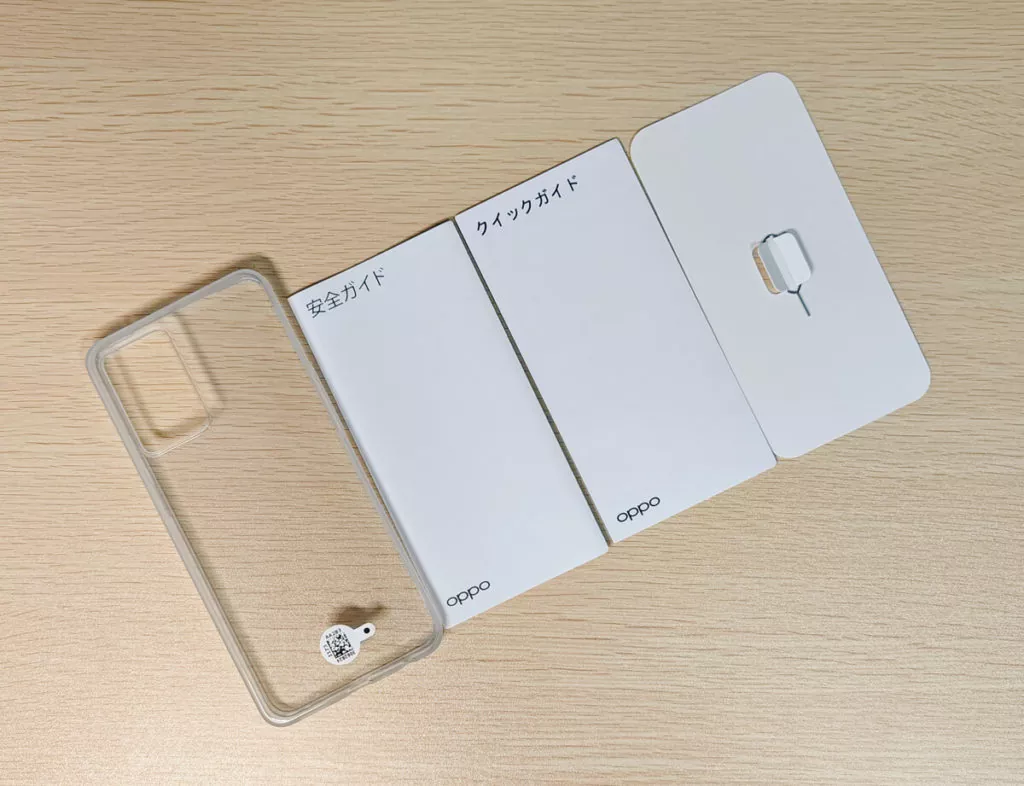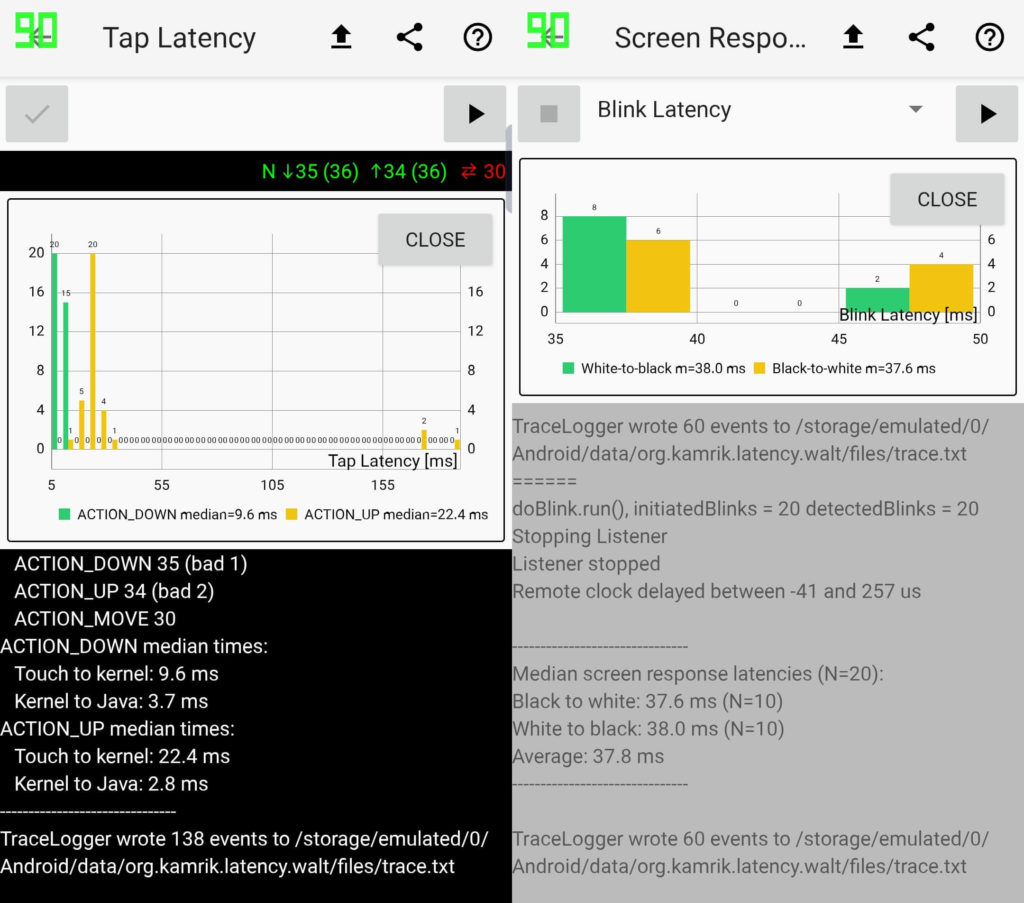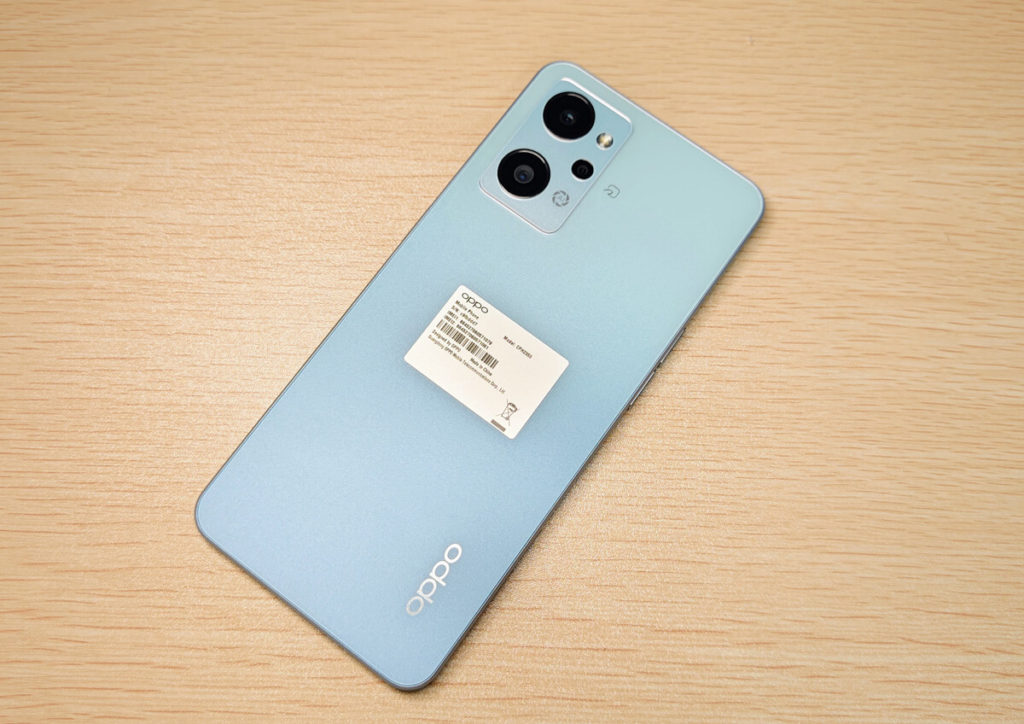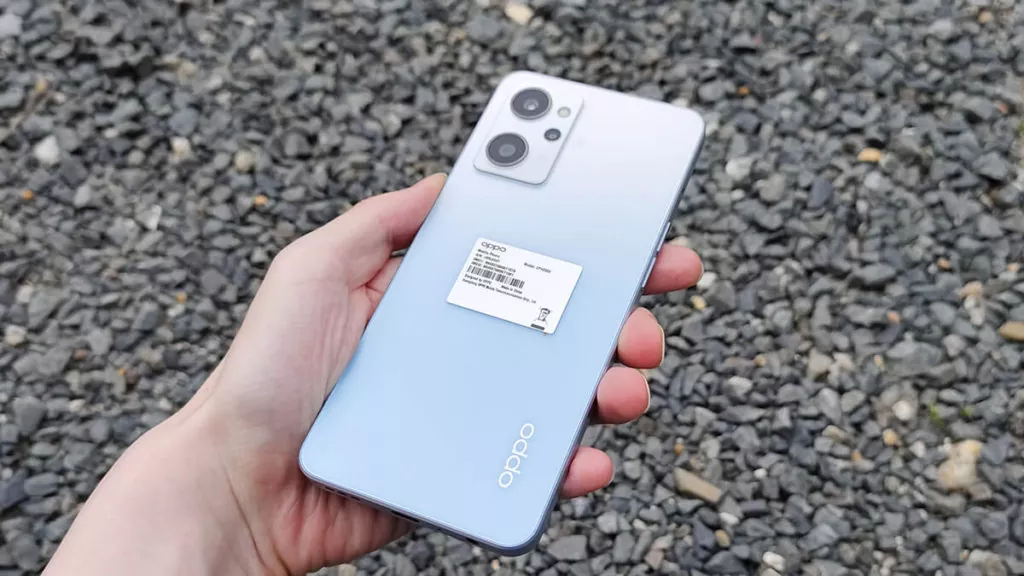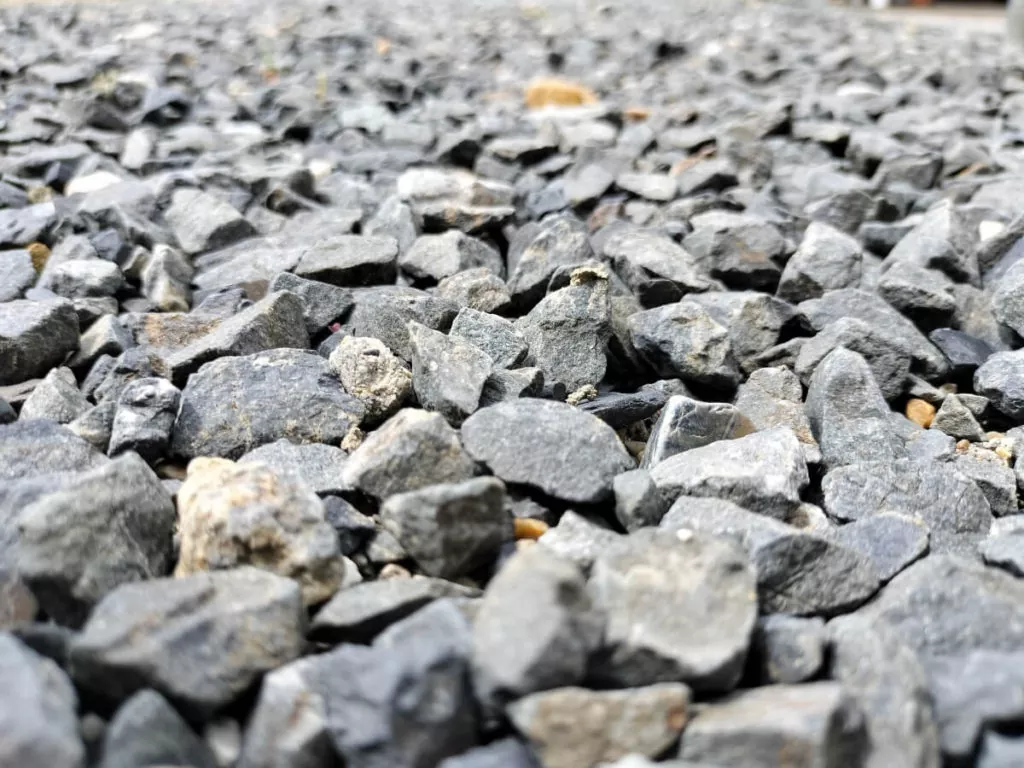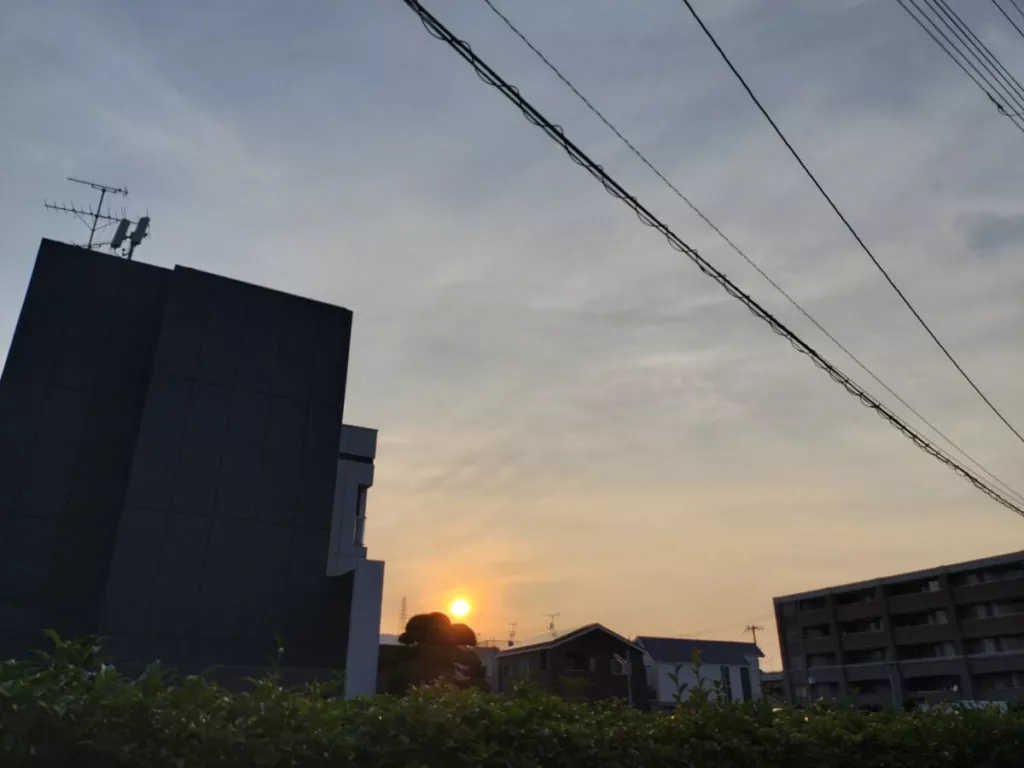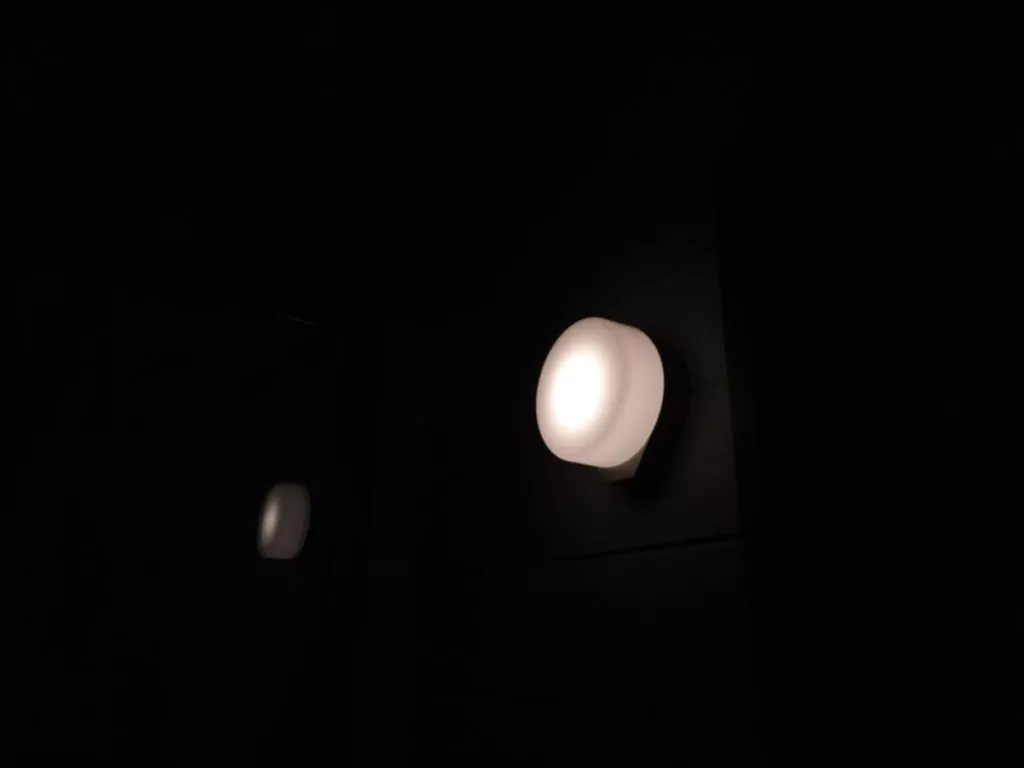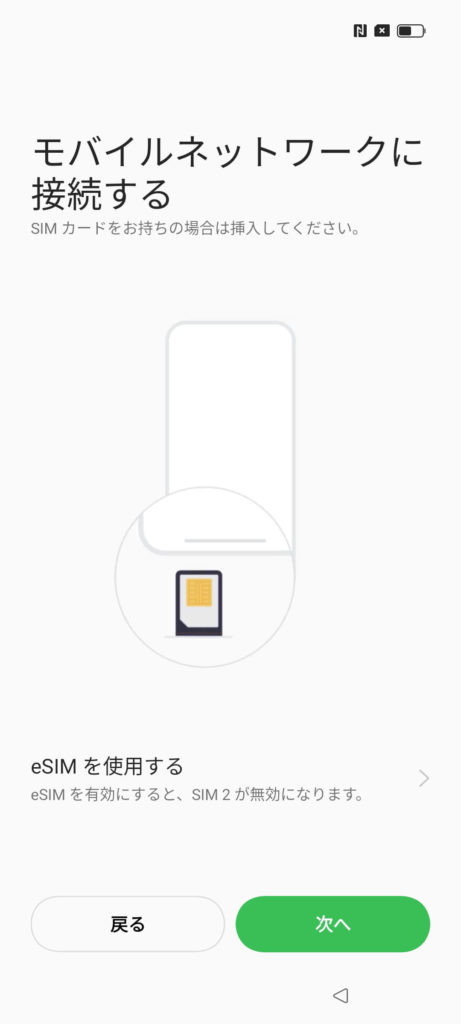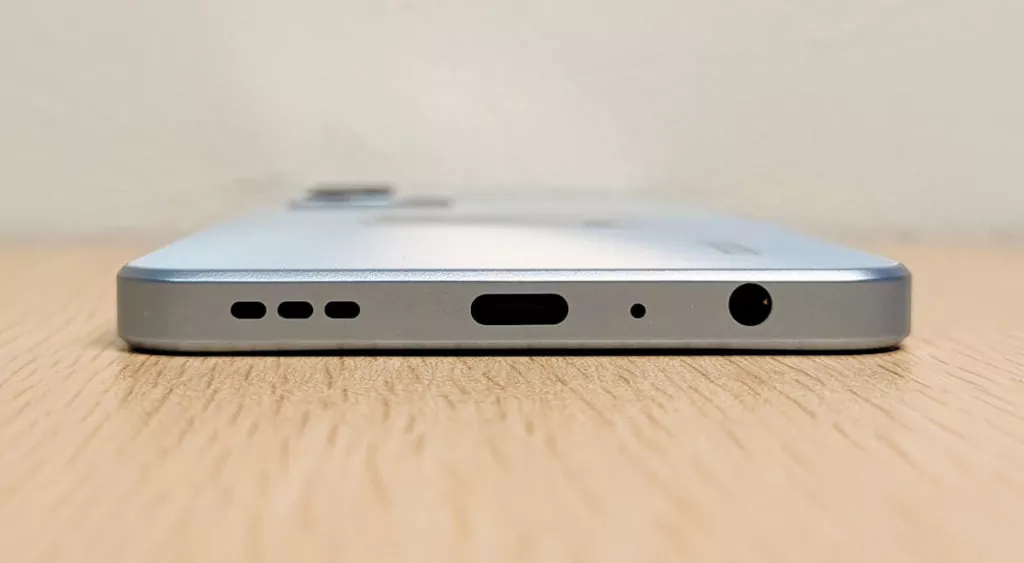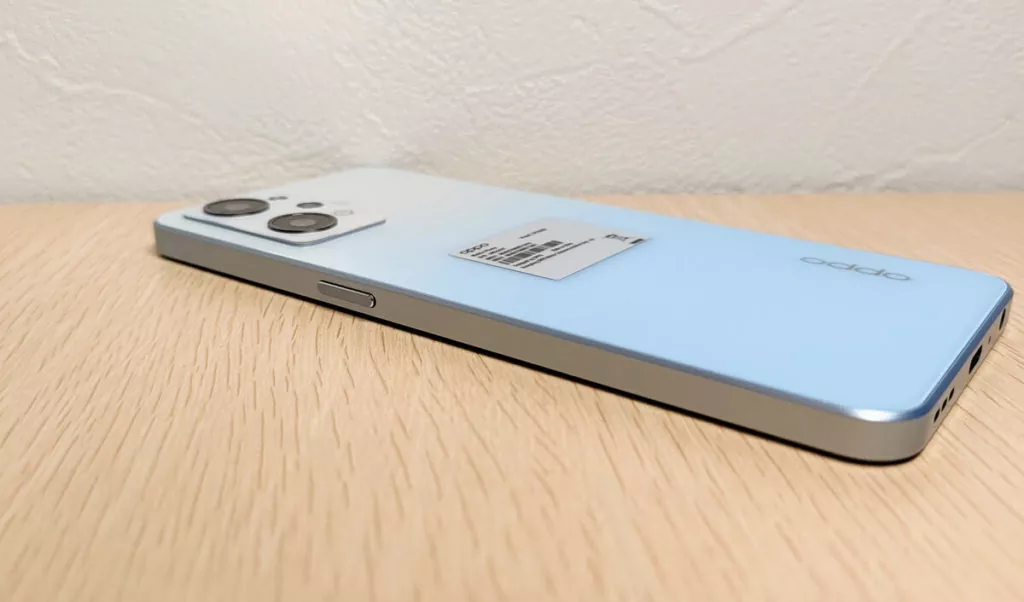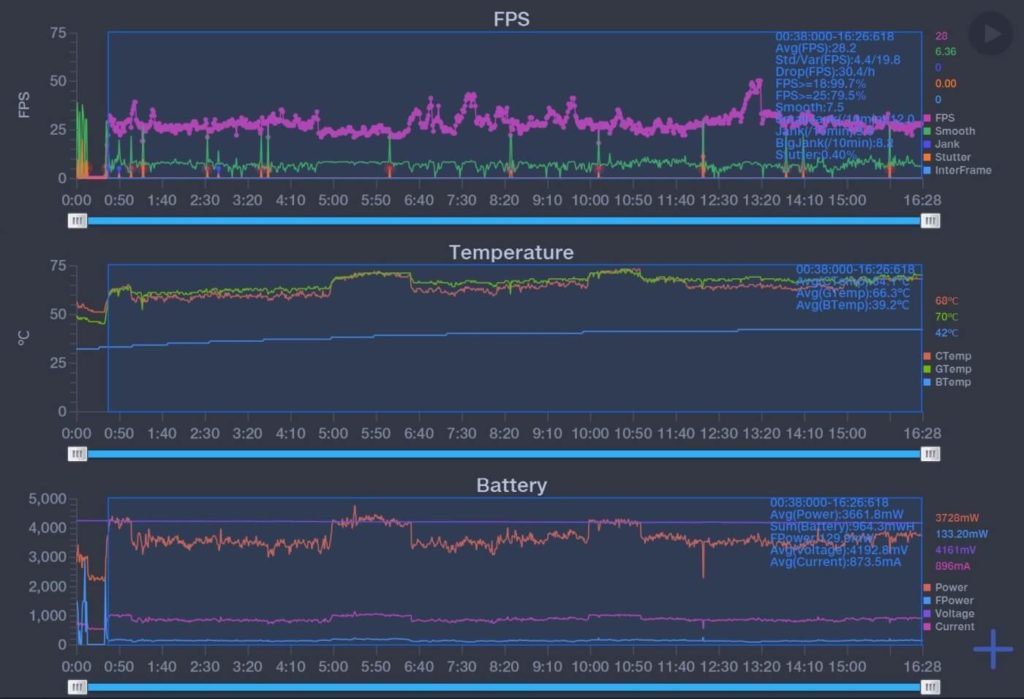Rating: 3.5
OPPO Japan loaned us the OPPO Reno7 A Dream Blue.
Waterproof, dustproof and lightweight 175g
The OPPO Reno7 A is a smartphone that is said to reduce system degradation, resulting in a crisp operating experience that lasts for 36 months.
The OPPO Reno7 A is only available in Japan.
Although lightweight at approximately 175g, it is IP68 water and dust resistant, FeliCa and Osaifu-Keitai compatible for Japanese users, and supports a 3.5mm earphone jack and microSD card.
The open market version supports dual SIM and eSIM.
This review is done with the CPH2353_11_A.08, 6GB+128GB version.
- AMOLED with 90Hz refresh rate support
- Fingerprint-resistant back
- IP68 water and dust resistant
- Lightweight at 175g
- Available with nano SIM + nano SIM or nano SIM + eSIM
- 3.5mm earphone jack available
- microSD card support
- USB PD 18W charging support
- Screen is not bright enough and difficult to see outdoors
- No OIS for video recording, up to 1080p@30fps
- Mono speaker
- Fast charging is limited to 18W
- Low performance for 36 months life
| OPPO Reno7 A CPH2353 | |
|---|---|
| OS | Android 11 |
| RAM | 6GB LPDDR4X |
| Storage | 128GB UFS 2.2 microSD card supported |
| SoC | Snapdragon 695 5G (SM6375) |
| Display | 6.4 inch FHD+ 90Hz AMOLED |
| Size | 159.7 x 73.4 x 7.6mm |
| Weight | 175g |
| SIM | nano SIM + nano SIM eSIM supported |
| Rear Camera | 48MP (SONY IMX581) + 8MP (Ultra-wide) + 2MP (Macro GalaxyCore GC02M1) |
| Front Camera | 16MP |
| Battery | 4500mAh |
| USB Port | USB Type-C (USB 2.0) |
| Bands | 2G: GSM 850/900/1800/1900MHz 3G: UMTS(WCDMA) Band 1/4/5/6/8/19 4G: TD-LTE Band 38/40/41/42 4G: LTE FDD Band 1/3/4/5/8/12/17/18/19/26/28 5G: n3/n28/n41/n77/n78 |
Index
- 1 Waterproof, dustproof and lightweight 175g
- 2 Equipped with OLED display, but not bright enough for outdoor use
- 3 Supports in-screen fingerprint and face recognition
- 4 Fingerprint-resistant OPPO Glow processed back surface
- 5 Lightweight 175g body
- 6 48MP triple camera
- 7 Supports dual SIM and even eSIM
- 8 USB PD 18W compatible, 3.5mm earphone jack available
- 9 Minimum usable performance
- 10 Conclusion
Accessories include protective case and instruction manual.
Charger and cables are not included.
Equipped with OLED display, but not bright enough for outdoor use
Unlike its predecessor, the OPPO Reno7 A has a 6.4-inch OLED display.
It supports a 90 Hz refresh rate and has an FHD+ (2400 x 1080) resolution.
It has excellent color and viewing angles, but unfortunately the brightness is only as bright as a smartband, usually 430 nits and 600 nits at maximum, making it difficult to see outdoors on a sunny day.
Screen occupancy is 89.4%, and the wide jaw area is a bit distracting.
It is equipped with Samsung’s AMS643AG02 panel, which is a diamond pixel array.
Touch latency measured with the WALT Latency Timer was 9.6 ms from touch to kernel, 3.7 ms from kernel to Java, and 37.8 ms for screen rendering, for a total of 51.1 ms.
This is unavoidable since it is a low-end model, but it is a little slower than that of high-end smartphones.
Widevine L1 allows streaming in HD quality on Amazon Prime Video (beta) and others.
Supports in-screen fingerprint and face recognition
The OPPO Reno7 A has an in-screen fingerprint sensor.
It is located at the bottom of the screen, making it a bit difficult to press when held with one hand.
Authentication is fast.
It can also be used with face recognition, so it can be quickly unlocked whether or not you are wearing a mask.
Fingerprint-resistant OPPO Glow processed back surface
The back of the OPPO Reno7 A uses OPPO’s original back finish, OPPO Glow, which is smooth to the touch and fingerprint resistant.
The back of the device does not easily become dirty even after prolonged use, which is good for keeping the appearance clean.
It is hard to tell from the photo, but when exposed to light, the color changes to a light purple in parts.
If you zoom in on the back with the OPPO Find X3 microscope, this is what it looks like.
The random bumps and bumps are probably what makes it shimmer when the light hits it.
Lightweight 175g body
The OPPO Reno7 A weighs 176.2g including the protective film that is attached from the start.
Even mid-range smartphones these days are easily over 200g, and it is good that the weight is kept to a level that is easy to hold even with one hand.
48MP triple camera
OPPO Reno7 A has
- 48MP (SONY IMX581)
- 8MP (Ultra-wide)
- 2MP (Macro)
triple camera.
Although the camera is a model newer model, it takes beautiful enough pictures during the daytime.
The photos taken are stored here.
When the dazzling sunset was photographed, it was adjusted just enough to show the position of the sun.
With the naked eye, it was even more dazzling.
Flare and ghosting are likely to occur when shooting night scenes, resulting in white-out.
By focusing on the light source, it makes it difficult to see the white areas… but this time, the surroundings become pitch black and the surrounding scenery becomes unrecognizable.
It seems to be difficult to capture a beautiful night scene as a whole.
Brightness and saturation seem to increase slightly when AI mode is turned on.
The brightness was also slightly increased in scenes such as cooking scenes.
There is no dramatic change, but if you mostly take photos for social networking, I think it is fine to leave AI mode on.
Since video only supports electronic image stabilization and does not have OIS (Optical Image Stabilization), the image is quite jerky even when running short distances.
Also, the Snapdragon 695 itself basically does not support video recording at 1080p@60fps, so the OPPO Reno7 A can only record video at a maximum of 1080p@30fps.
It is likely that the OPPO Reno7 A was cut off because the user base that purchases the OPPO Reno7 A is not likely to purchase it for the purpose of shooting 4K or 60fps.
It is not suitable for those who want to shoot as smooth a video as possible.
Supports dual SIM and even eSIM
OPPO Reno7 A’s bands are:
- 2G: GSM 850/900/1800/1900MHz
- 3G: UMTS(WCDMA) Band 1/4/5/6/8/19
- 4G: TD-LTE Band 38/40/41/42
- 4G: LTE FDD Band 1/3/4/5/8/12/17/18/19/26/28
- 5G: n3/n28/n41/n77/n78
It supports dual SIM with two nano SIMs, and a microSD card can be inserted to increase storage capacity.
It is not possible to combine two nano SIMs and a microSD card, but the eSIM is useful in such cases.
You can use a nano SIM and an eSIM to use dual SIM functionality.
Recently, more and more carriers are supporting eSIM, and it is convenient if the carrier can easily reissue eSIM online.
USB PD 18W compatible, 3.5mm earphone jack available
At the bottom of the OPPO Reno7 A is a USB Type-C port, a 3.5mm earphone jack, and a speaker.
The USB Type-C port supports USB PD 18W fast charging, thanks to which you can freely choose your charger as it is not a proprietary standard.
The speaker is unfortunately mono, with a reasonable volume but weak bass and treble.
I measured the audio output latency of the earphone jack with the WALT Latency Timer and it was 21.9ms.
As far as I measured, this is lower latency than other companies’ high-end smartphones.
Android smartphone Benchmark Charts; CPU, GPU, memory & storage performance, and touch latency – AndroPlus
There is a microphone hole on the top.
The power button is located on the right side.
It can be set to launch Google Assistant when pressed and held, and can be turned off to bring up the power menu as usual.
Minimum usable performance
The OPPO Reno7 A is powered by the Snapdragon 695.
In Geekbench 5 it is 650 single-core and 1959 multi-core.
The build disguised as Genshin had a single-core of 685 and a multi-core of 1922, which is only margin of error, so it appears that no throttling or benchmark boosting was performed.
PCMark Work 3.0, which measures performance in everyday use such as document manipulation, gave it a score of 8612.
Personally, I think that a score of 7000 is the minimum for comfortable use in 2022, but even if this performance is good now, it will be difficult to use it comfortably 36 months from now without enduring a lot.
Since the initial OS is Android 11, OS updates will probably only be distributed up to the previous generation, and if the device is supposed to be kept for 36 months, it would have been better to make the performance a little more generous.
In the 3DMark Wild Life Stress Test, the score was 1208, with a temperature increase from 28°C to 36°C (8°C increase) and 5 to 11 FPS.
It is not suitable for heavy game applications with 3D expression.
It has UFS 2.2 storage and LPDDR4x memory, but overall it is about as fast as a 1-2 year old phone.
It is fast enough for everyday use.
Running Genshin at the highest quality and 60 FPS setting and measured with WeTest PerfDog, the average frame rate was 28.2 FPS and the smoothness was 7.5.
The efficiency is 7.62, which does not produce a high frame rate but consumes less power.
It is not suitable for gaming, but it means that you can do slightly more demanding things in everyday use and still consume less power, which leads to better battery life.
Conclusion
- AMOLED with 90Hz refresh rate support
- Fingerprint-resistant back
- IP68 water and dust resistant
- Lightweight at 175g
- Available with nano SIM + nano SIM or nano SIM + eSIM
- 3.5mm earphone jack available
- microSD card support
- USB PD 18W charging support
- Screen is not bright enough and difficult to see outdoors
- No OIS for video recording, up to 1080p@30fps
- Mono speaker
- Fast charging is limited to 18W
- Low performance for 36 months life
The OPPO Reno7 A is a comfortable enough phone for students who do not play many games and only need to use social networking applications, or for those who continue to use it in a certain way.
On the other hand, it is not suitable for those who are particular about video recording or use it outdoors a lot.
The back is fingerprint resistant, and there are many convenient features such as a low latency 3.5mm earphone jack and the ability to use an eSIM to add capacity with a microSD card, making it a good choice for a variety of uses.
It is available on Amazon JP for 40,727 JPY as of 2022/06/19.


